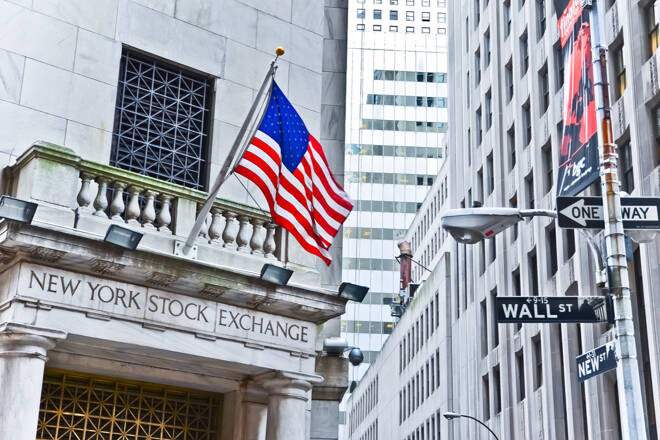Advertisement
Advertisement
Recession May Be Only Way to Slow Growth, Raise Unemployment, Cool Inflation
By:
It appears more likely that the U.S. will have to enter a recession before we see the kind of weakness in the economy that Powell desires.
Nearly two months ago as consumers were looking for relief from soaring inflation and not really paying too much attention to the future, Federal Reserve Chief Jerome Powell stated bluntly what it will take to finally tame the beast causing Americans to use a bigger chunk of their paycheck to pay for necessities like food and gasoline: slower growth, higher unemployment and potentially a recession.
Speaking at a news conference, Powell acknowledged what many economists have been saying for months: That the Fed’s goal of engineering a “soft landing” – in which it would manage to slow growth enough to curb inflation but not so much as to cause a recession – looks increasingly unlikely.
“The chances of a soft landing,” Powell said, “are likely to diminish” as the Fed steadily raises borrowing costs to slow the worst streak of inflation in 40 years. “No one know whether this process will lead to a recession or, if so, how significant that recession would be.”
Furthermore, even before Fed policymakers would consider flattening their rate hikes, Powell said, they would have to see continued slow growth, a “modest” increase in unemployment and “clear evidence” that inflation is moving back down to their 2 percent target.
Powell ended with, “We have to get inflation behind us. I wish there were a painless way to do that. There isn’t.”
Flash Forward to Today
A little less than two months to the day that Powell made those statements, we still don’t know how much pain we’re going to have to take because certain sectors of the economy haven’t weakened enough to even get a grasp on when or how the Fed is going to end its rate hiking cycle. Furthermore, we don’t even know how long the Fed is going to have to hold rates at say 5-5.50% before policymakers are satisfied.
Given these unknowns, it appears more likely that the U.S. will have to enter a recession before we see the kind of weakness in the economy that Powell and his colleagues desire.
Last Friday’s red-hot employment report and Monday’s robust ISM Services PMI data were signs that the U.S. economy is still strong even after four 75-basis point rate hikes. That may be sending a signal to brace for the pain that Powell suggested.
JPMorgan CEO Jamie Dimon Sees Recession on Horizon
JPMorgan Chase CEO Jamie Dimon on Tuesday said inflation could tip the U.S. economy into recession next year.
While consumers and companies are currently in good shape, that may not last much longer, Dimon said Tuesday on CNBC’s “Squawk Box.” Consumers have $1.5 trillion in excess savings from pandemic stimulus programs and are spending 10% more than in 2021, he said.
“Inflation is eroding everything I just said, and that trillion and a half dollars will run out sometime mid-year next year,” Dimon said. “When you’re looking out forward, those things may very well derail the economy and cause a mild or hard recession that people worry about.”
Adding to pressure for borrowers, the Fed’s benchmark interest rate is headed to 5%, Dimon noted Tuesday. That rate “may not be sufficient” to subdue inflation, he added.
For a look at all of today’s economic events, check out our economic calendar.
About the Author
James Hyerczykauthor
James Hyerczyk is a U.S. based seasoned technical analyst and educator with over 40 years of experience in market analysis and trading, specializing in chart patterns and price movement. He is the author of two books on technical analysis and has a background in both futures and stock markets.
Advertisement
